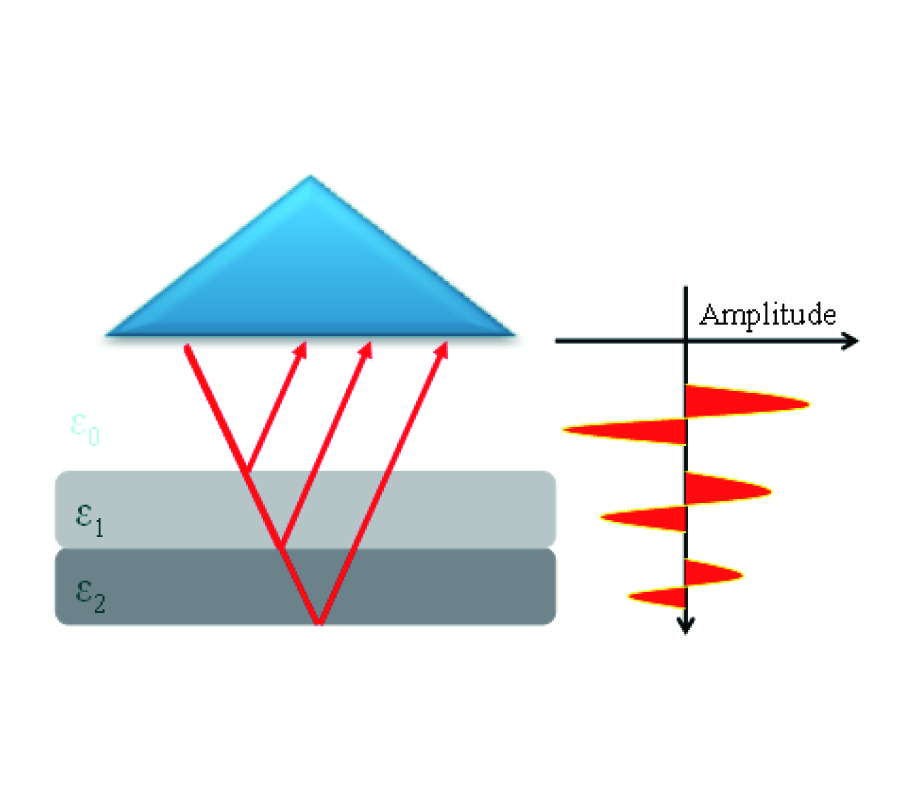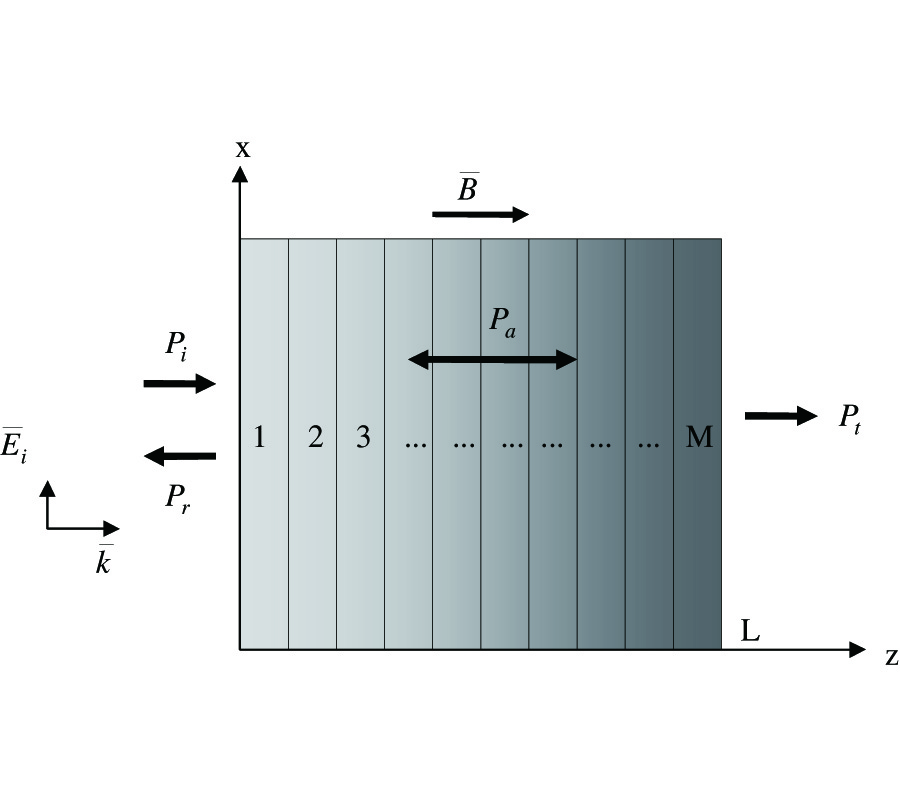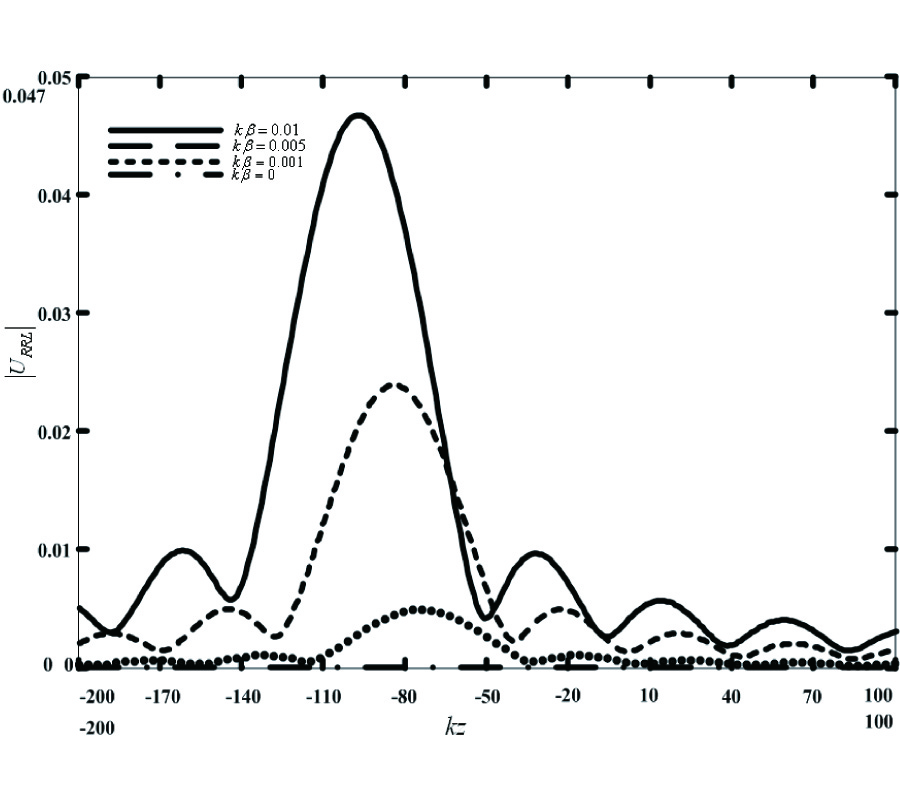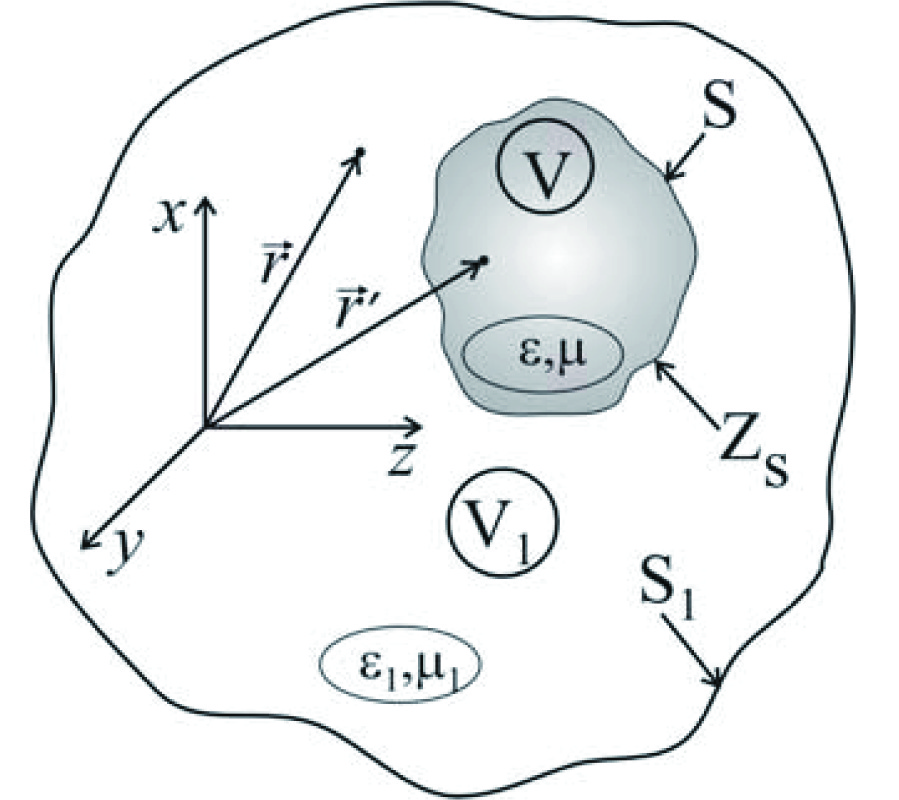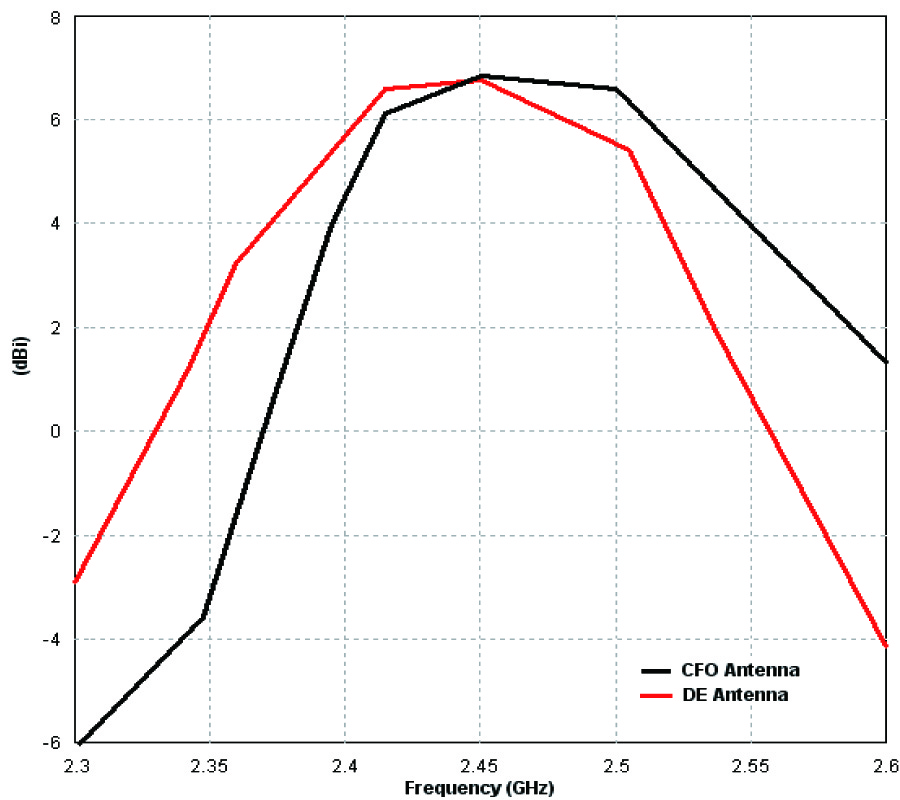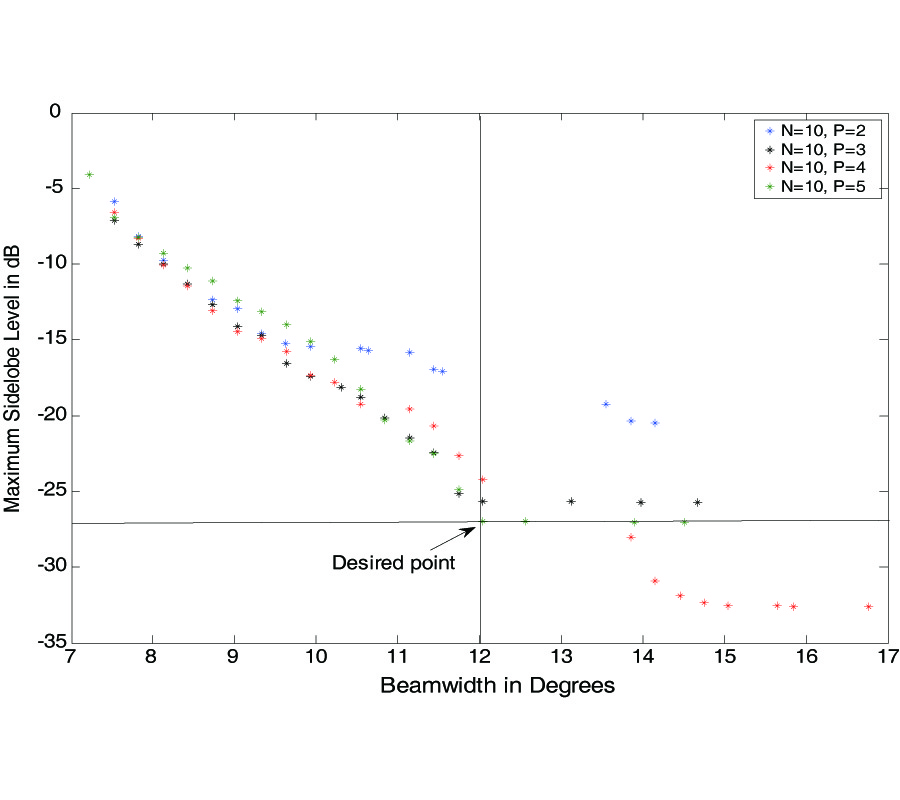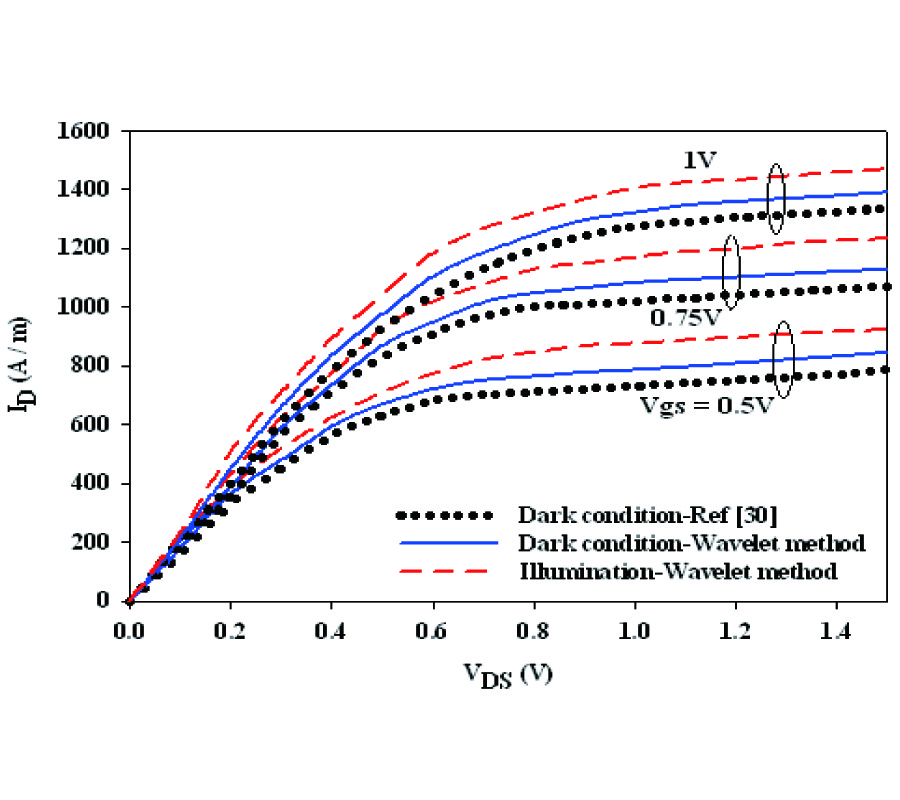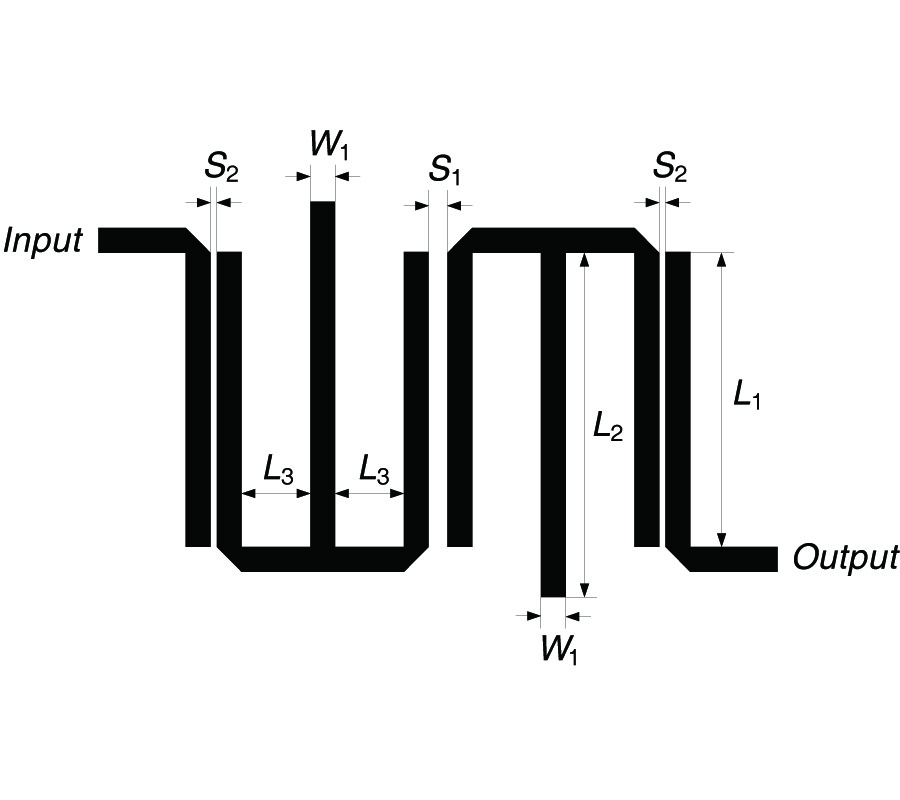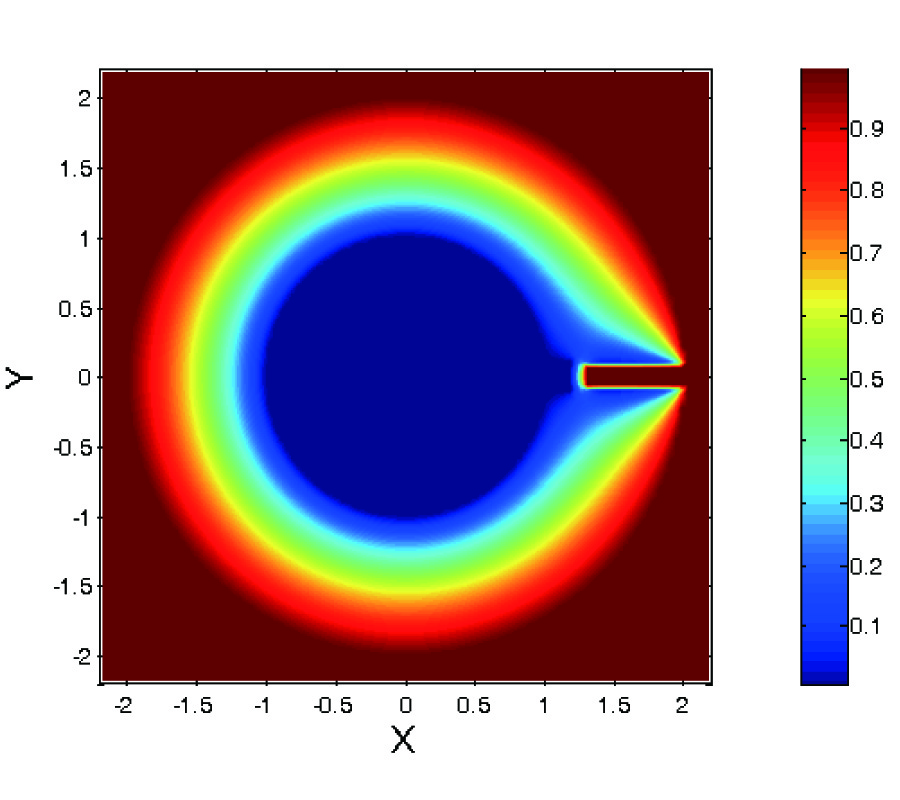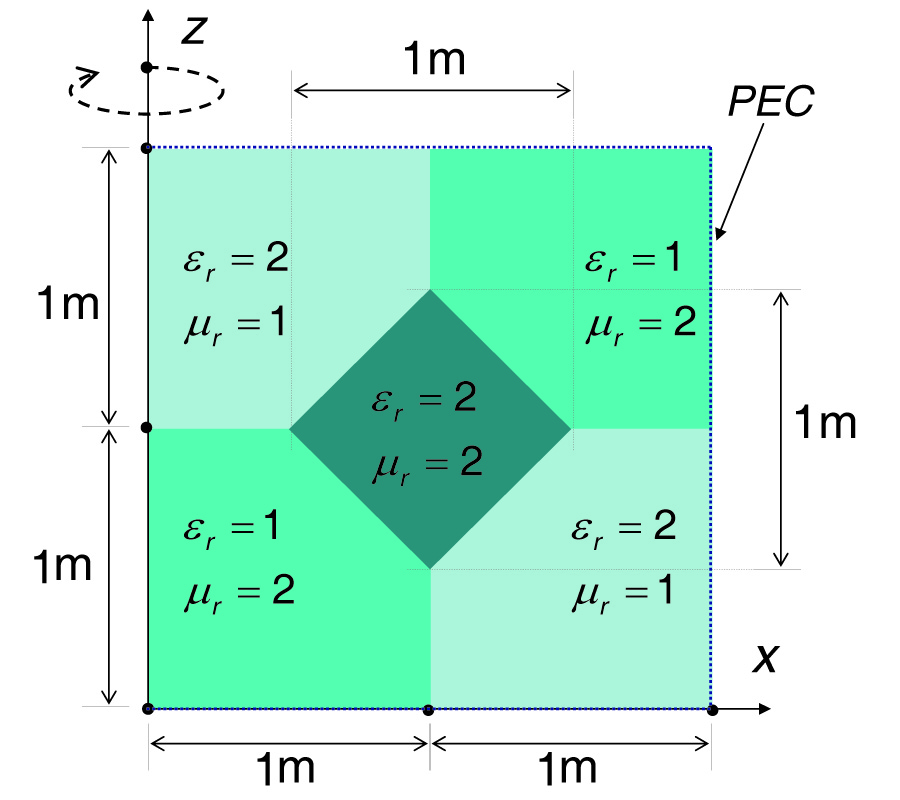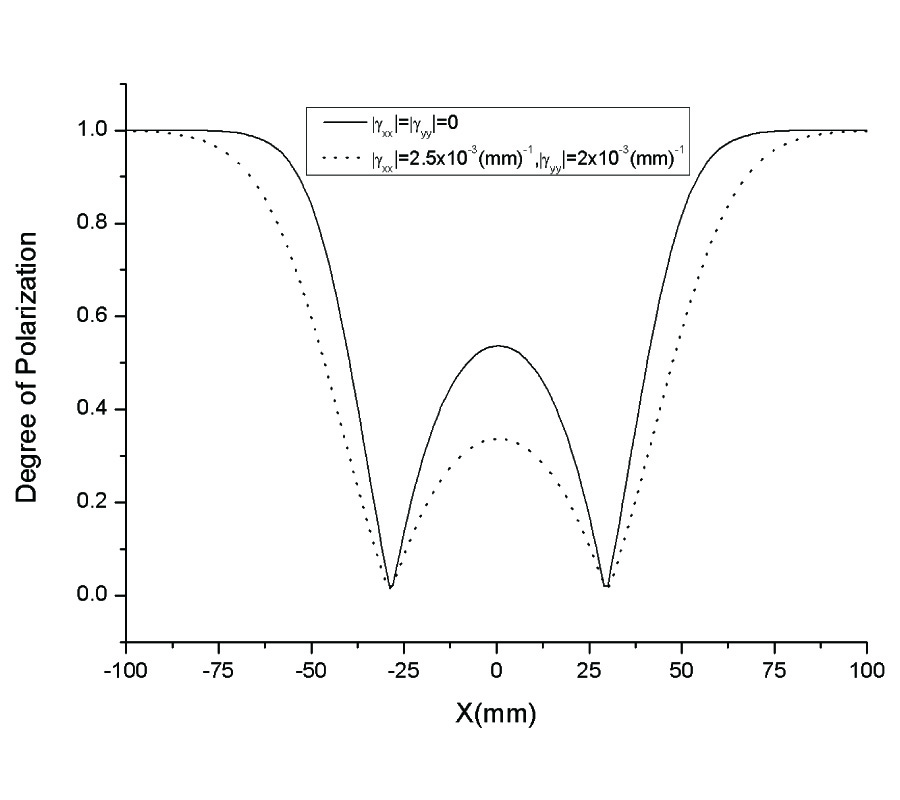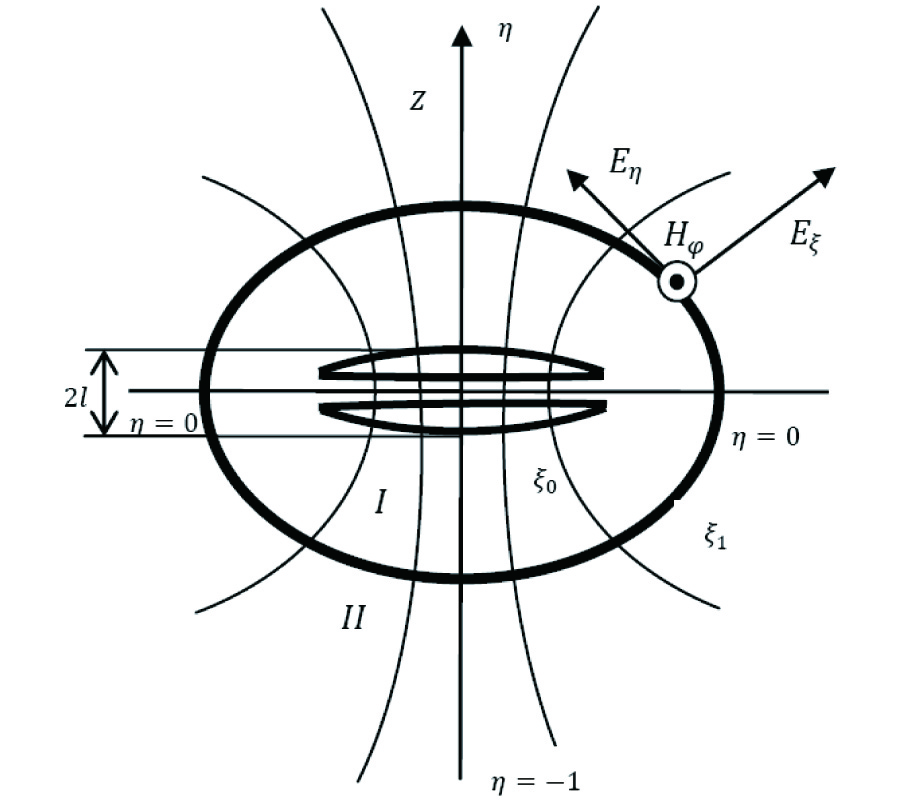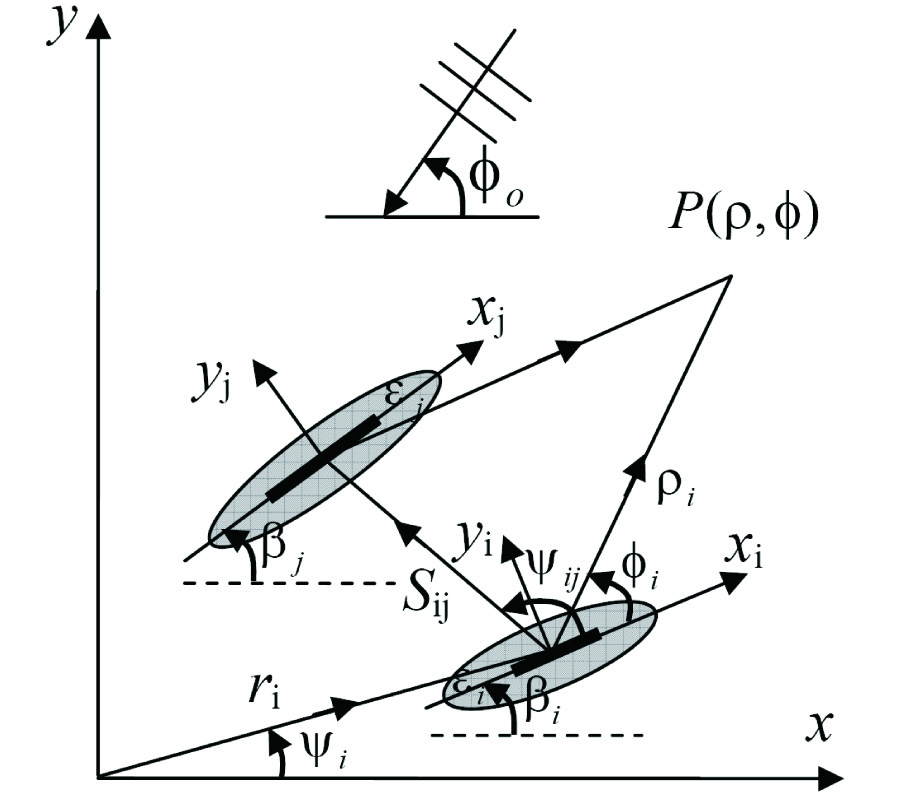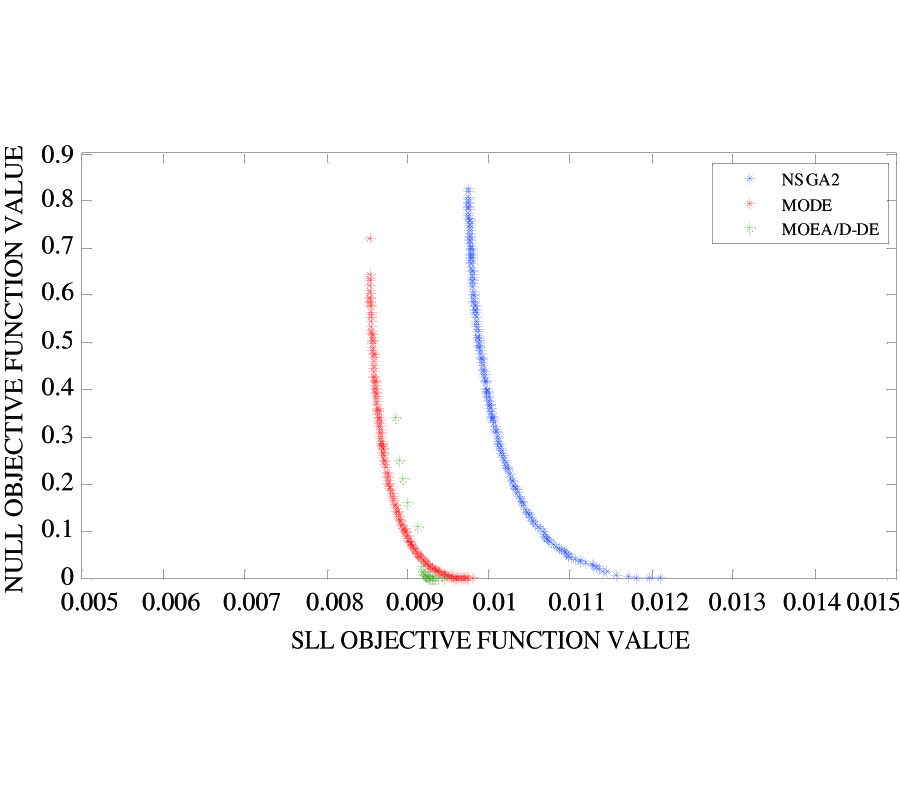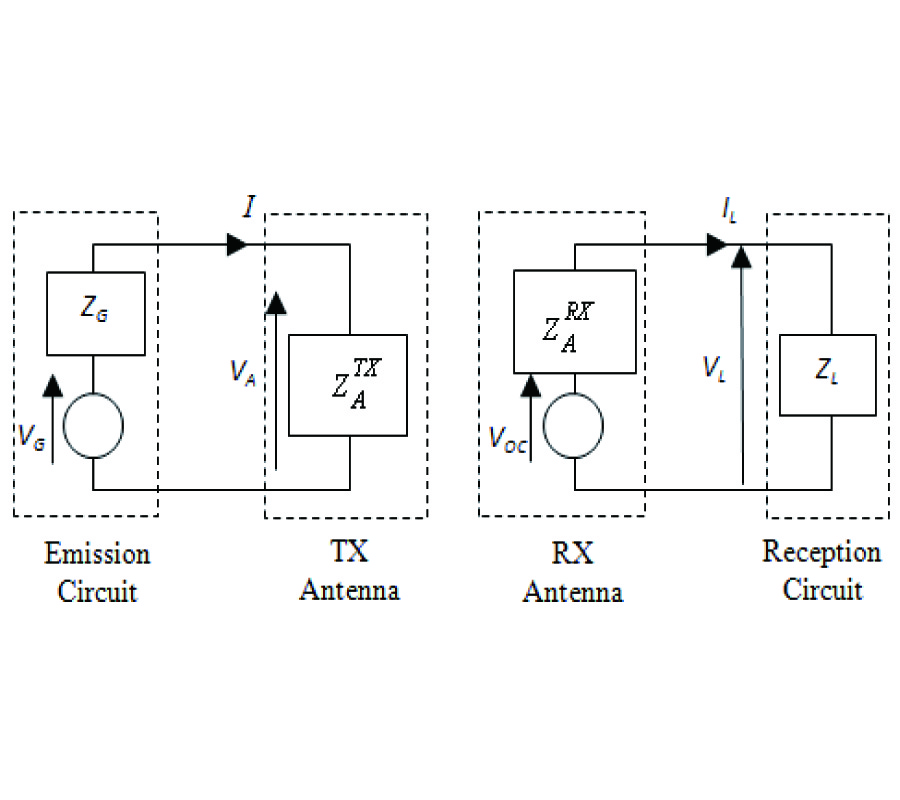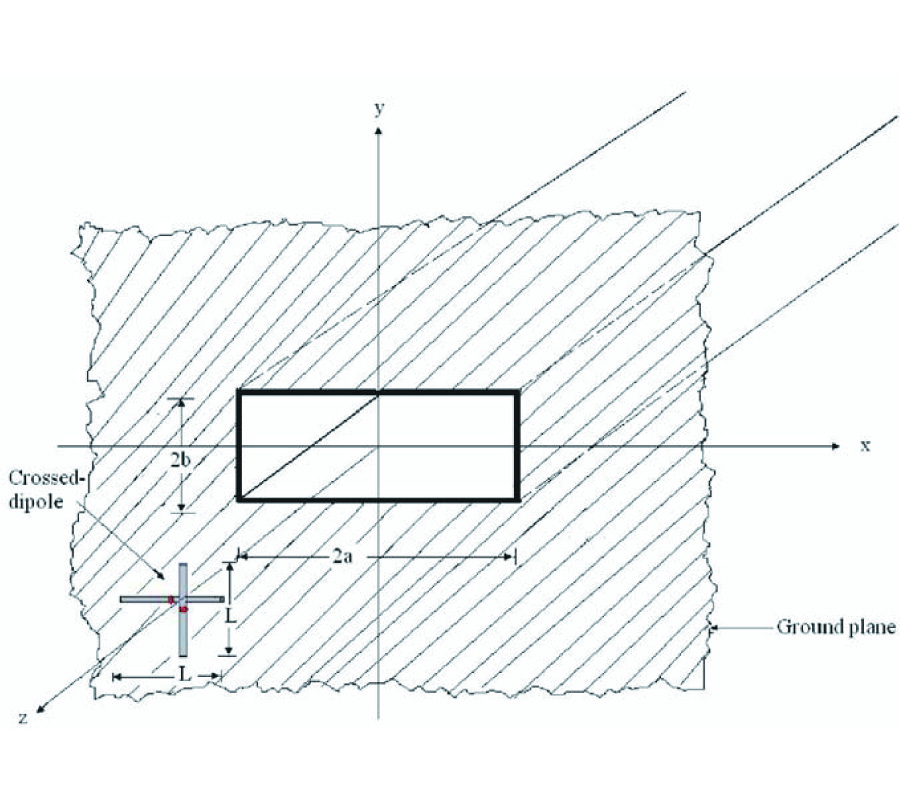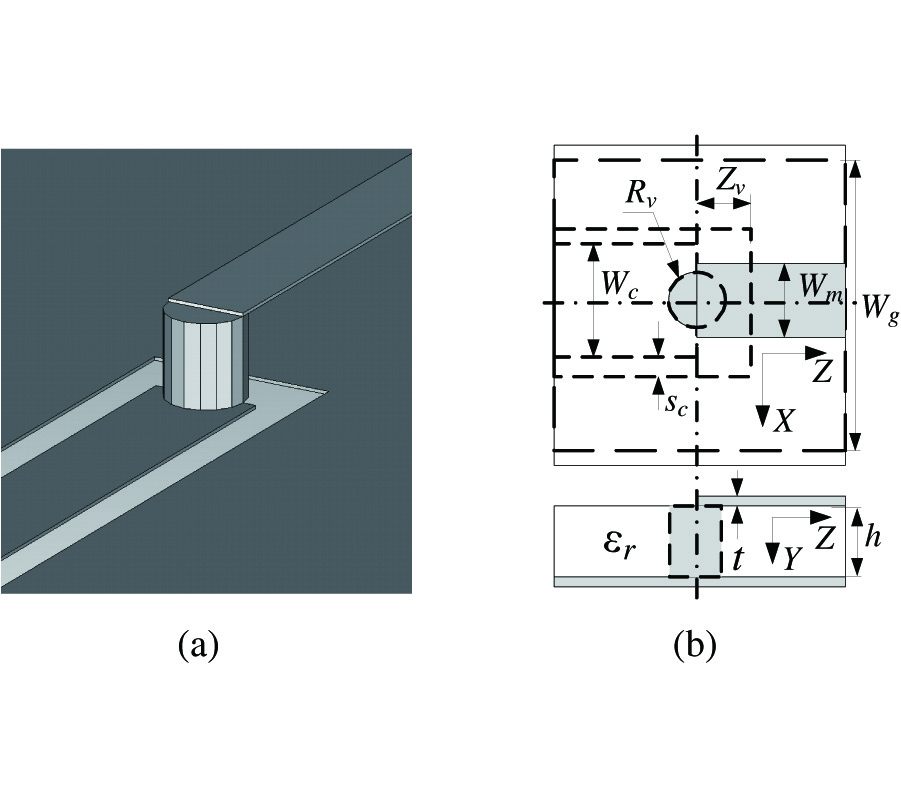Linear Antenna Array Synthesis with Constrained Multi-Objective Differential Evolution
Siddharth Pal,
Boyang Qu,
Swagatam Das and
P. N. Suganthan
Linear antenna array design is one of the most important electromagnetic optimization problems of current interest. In contrast to a plethora of recently published articles that formulate the design as the optimization of a single cost function formed by combining distinct and often conflicting design-objectives into a weighted sum, in this work, we take a Multi-objective Optimization (MO) approach to solve the same problem. We consider two design objectives: the minimum average Side Lobe Level (SLL) and null control in specific directions that are to be minimized simultaneously in order to achieve the optimal spacing between the array elements. Our design method employs a recently developed and very competitive multi-objective evolutionary algorithm called MOEA/D-DE that uses a decomposition approach for converting the problem of approximation of the Pareto Fronts (PF) into a number of single objective optimization problems. This algorithm employs Differential Evolution (DE), one of the most powerful real parameter optimizers in current use, as the search method. As will be evident from the shape of the approximated PFs obtained with MOEA/D-DE, the two design-objectives are in conflict and usually, performance cannot be improved significantly for one without deteriorating the other. Unlike the single-objective approaches, the MO approach provides greater flexibility in the design by yielding a set of equivalent final solutions from which the user can choose one that attains a suitable trade-off margin as per requirements. We illustrate that the best compromise solution attained by MOEA/D-DE can comfortably outperform state-of-the-art single-objective algorithms like Genetic Algorithm (GA), Particle Swarm Optimization (PSO), Tabu Search Algorithm (TSA), and Memetic Algorithm (MA). In addition, we compared the results obtained by MOEA/D-DE with those obtained by one of the most widely used MO algorithm called NSGA-2 and another generic multi-objective DE variant that uses non-dominated sorting, on the basis of the Rindicator, hypervolume indicator, and quality of the best trade-off solutions obtained.
